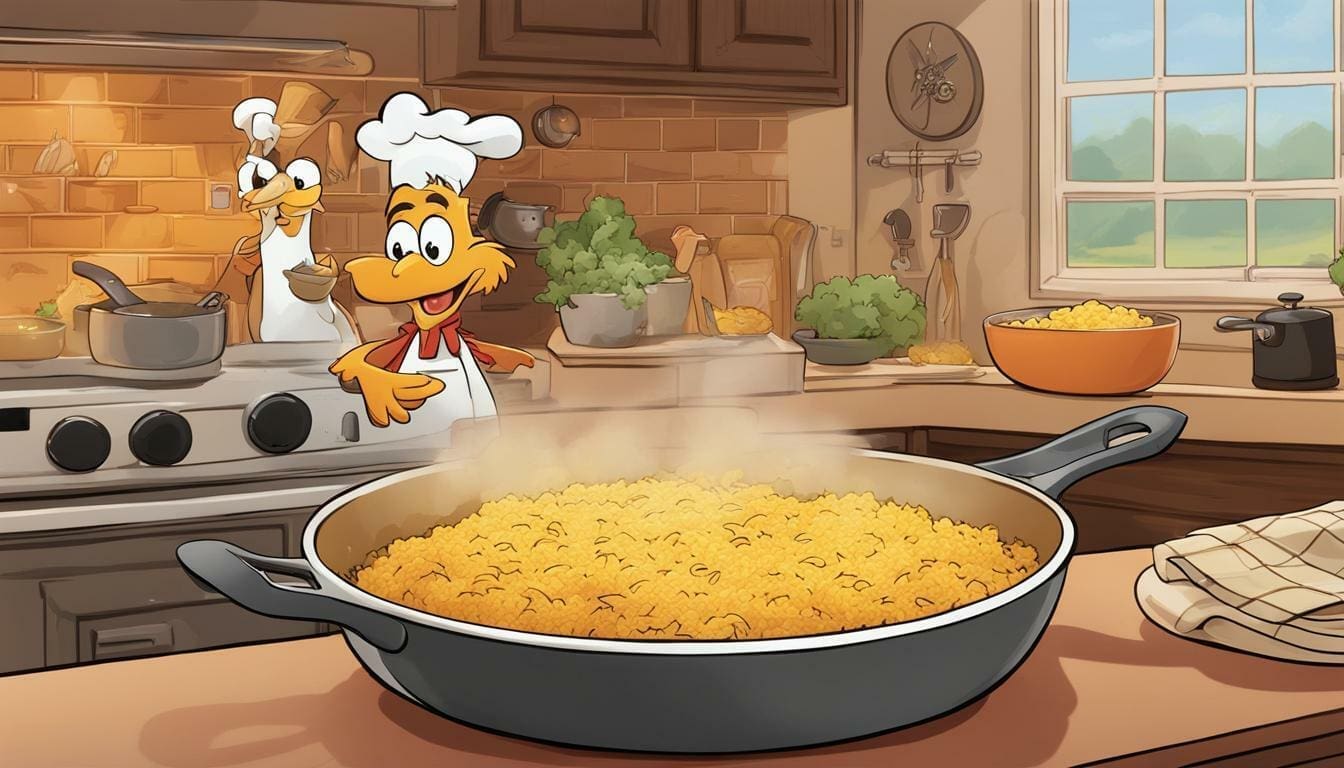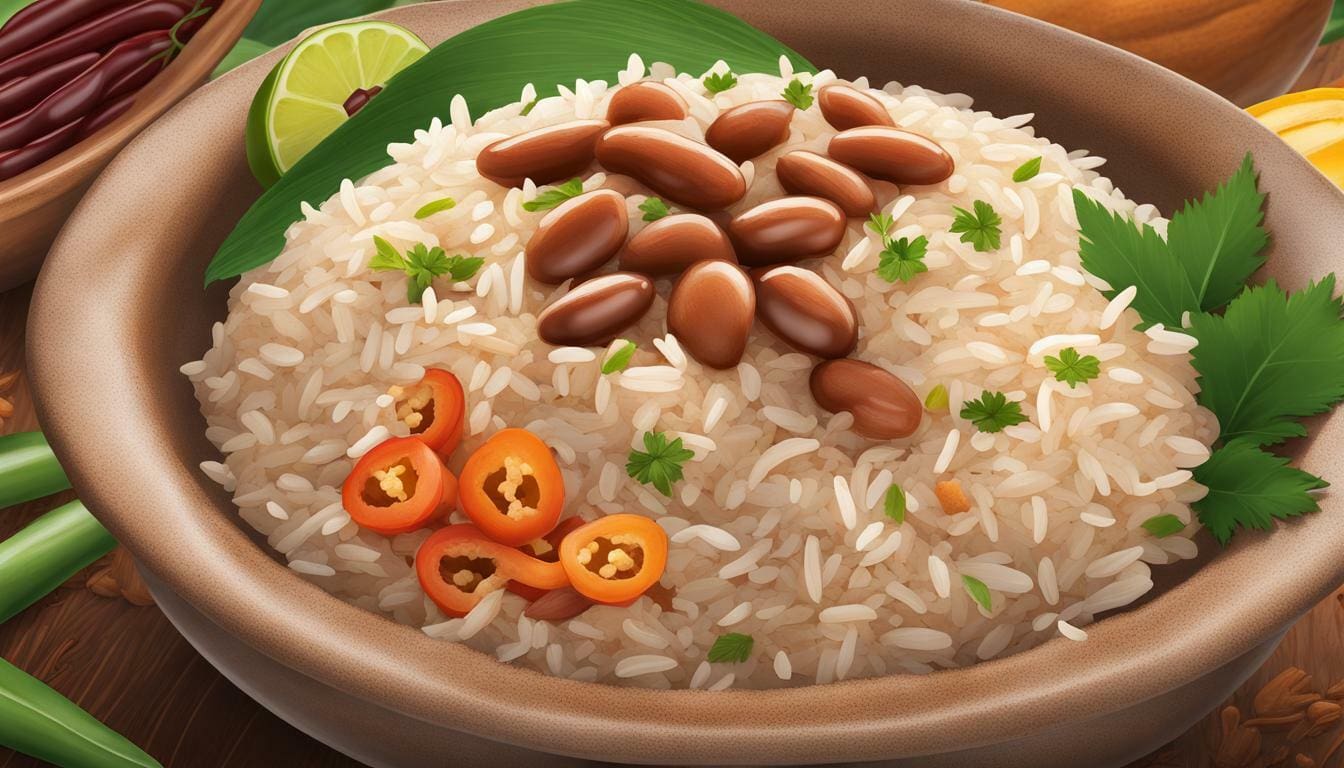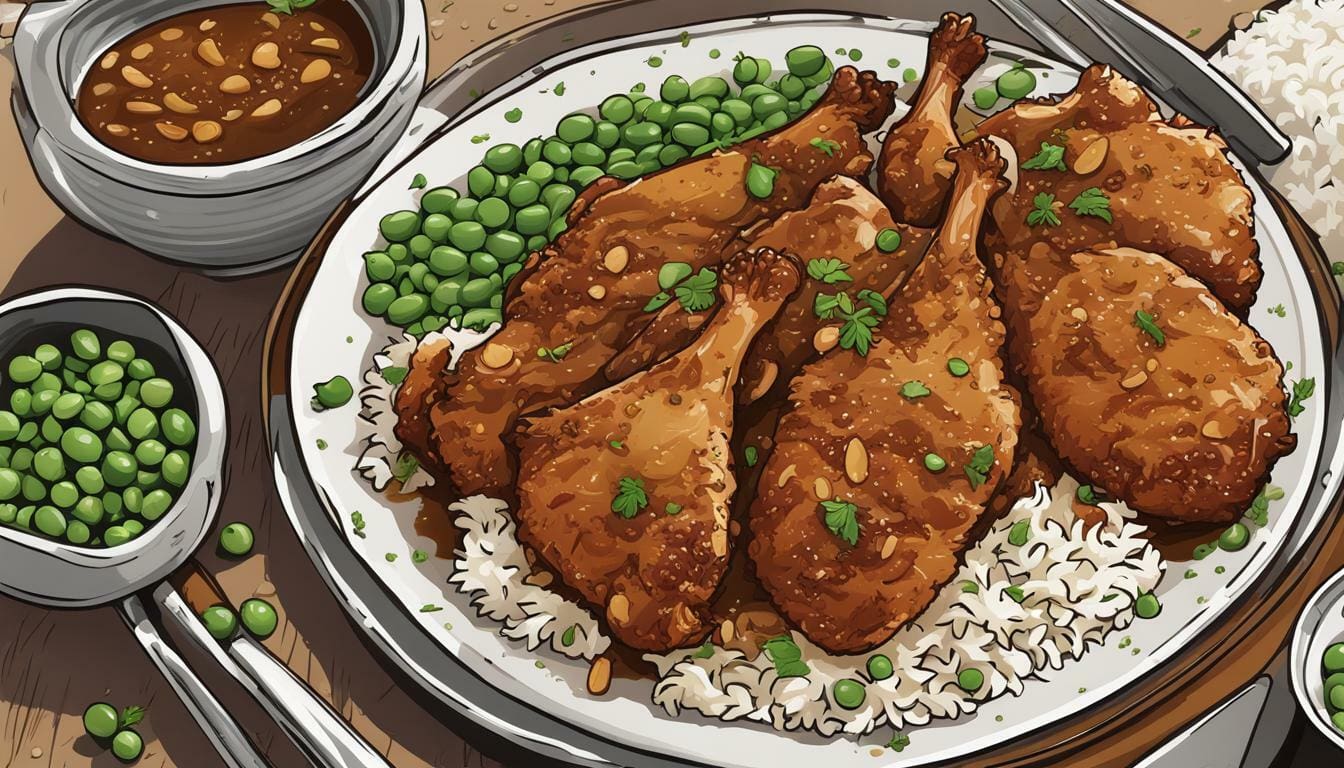Introduction
Like several other classic Japanese components, there are multiple rice varieties that can be used for sushi, including the short-grain and medium-grain types. I’ve opted for bomba rice from Brazil for the sushi roll referred to as “umeshu”, since it has more amylopectin, a type of starch, compared to other rice varieties.
Have you ever tried bomba rice for sushi? If not, you’re missing out! This grain is perfect for your next rolls. It has a unique texture and flavor will elevate your sushi game to the next level. In this blog post, we’ll discuss why bomba rice is such an excellent choice for sushi and provide tips on how to use it. So what are you waiting for? Start experimenting with bomba rice today!
What Is Bomba Rice?
A short grain type of rice, bomba rice is originally from South America, but it’s now grown in many other regions worldwide. Brazil, the largest producer of bomba rice, is also known as “Japanese rice” because of its use in sushi. Bomba rice has a high starch content (amylopectin) compared to other types of rice and is often used to make polenta.
Where Can I Buy Bomba Rice?
You can find bomba rice at most Asian or Latin grocery stores or on Amazon. It comes in either white or brown varieties and ranges in price from $5 to $10 per pound. If you’re purchasing brown bomba rice, make sure it’s prepared or “parboiled.”
How Does Bomba Rice Differ From Other Types Of Rice, And Why Is It Ideal For Sushi Making?
From a texture perspective, bomba rice has a longer, thicker texture than other varieties. This sushi rice style is softer and milder in flavor than medium-grain rice. In addition, the starch content in bomba rice creates a sticky consistency that holds sushi ingredients better.
Can I Substitute Another Type Of Rice If I Can’t Find Bomba Rice Or Don’t Want To Use It In My Sushi Recipes?
In such recipes, you can swap bomba rice for another type of short-grain rice. Here are a few recommendations on different varieties:
1. Medium-Grain Rice
Try this type of sushi rice for your basic rolls. It’s also a good choice if you prefer to have the grains more separate.
2. Short-Grain Rice
This traditional and classic variety works well for sushi but is stickier than the medium grain variety.
3. Wild Short-Grain Rice
A new sushi rice variety is starting to become available in stores and restaurants.
4. Red Rice
If you’re into colorful rice, this red rice variety will add a pop of color to your sushi.
5. Purple Rice
Even more colorful, this purple rice can be used for sushi rolls.
Start experimenting with your new favorite staple, bomba rice! You’re going to love its chewy texture and unique flavor.
What’s The Difference Between Sushi Rice And Short Grains?
To create the ultimate sushi recipe, you’ll need to know the correct type of rice for your next rolls. And in my opinion, that’s why so many people turn to bomba rice! Its medium-grain sushi rice lends itself to sticky ingredients like fish or shrimp. This sushi grain also has a moist texture that holds ingredients together during rolling without becoming excessively wet.
How Do I Know The Rice Is Done Cooking?
You don’t have to make rice the traditional way to test if it’s cooked. You can use the shape test instead—make small shapes with your fingers on top of the water to see if they hold their shape when you pull your hand away.
What Common Mistakes Do People Make When Making Sushi, And How Can I Avoid Them?
1. Not Paying Attention To The Rice
If you’re following a recipe, it’s essential that you pay attention to the type of rice you’re using.
2. Too Much Water
For the sake of texture, it’s best to use less water when making sushi rice. However, make sure your finished product is cooked through by checking the “shape test.” If you use less water, your dead sushi will also have a chewier texture.
3. Inadequate Scalding
Keep in mind that the rice goes through many steps of preparation before it is cooked. To ensure your rice is ready, test it before using it.
4. Not Enough Seasoning
It’s best to season your sushi with a good amount of wasabi and ginger before you start rolling up the ingredients.
5. Too Much Seasoning, Too Hot
Too much wasabi and ginger can cause inflammation in your mouth and get stuck in your teeth once you bite down on the ingredients. The sensation is similar to chewing on burning, spicy food. This can irritate your mouth during eating or make you feel uncomfortable for hours afterward.
6. Not Enough Rice
Macaroni-shaped rice is the perfect shape for making sushi rolls. The texture is also easier to handle when you use the correct type of rice for your next rolls.
What Kitchen Tools Do I Need To Make Sushi?
If you’re planning on kneading your sushi rice, you’ll need a spatula or a wooden spoon. You could also use your fingers, which will take too much time and make it more challenging to manage your sushi ingredients. If you’re new to Japanese cooking, you might want a pair of chopsticks instead.
Conclusion
As you can see, bomba rice isn’t only great for making Spanish dishes. You can also use this rice for sushi. However, if you plan on making sushi all the time, investing in a larger amount of bomba rice is best. There is a slightly more expensive version with higher levels of amylopectin, but it won’t hold together so well for rolls and other recipes.
Sushi rice is not just about the ingredients you’re using for your dish – there are many more elements to consider, such as the temperature of your ingredients before mixing them, the type and amount of wasabi and ginger used in each roll, and much more. Enjoy your sushi!


